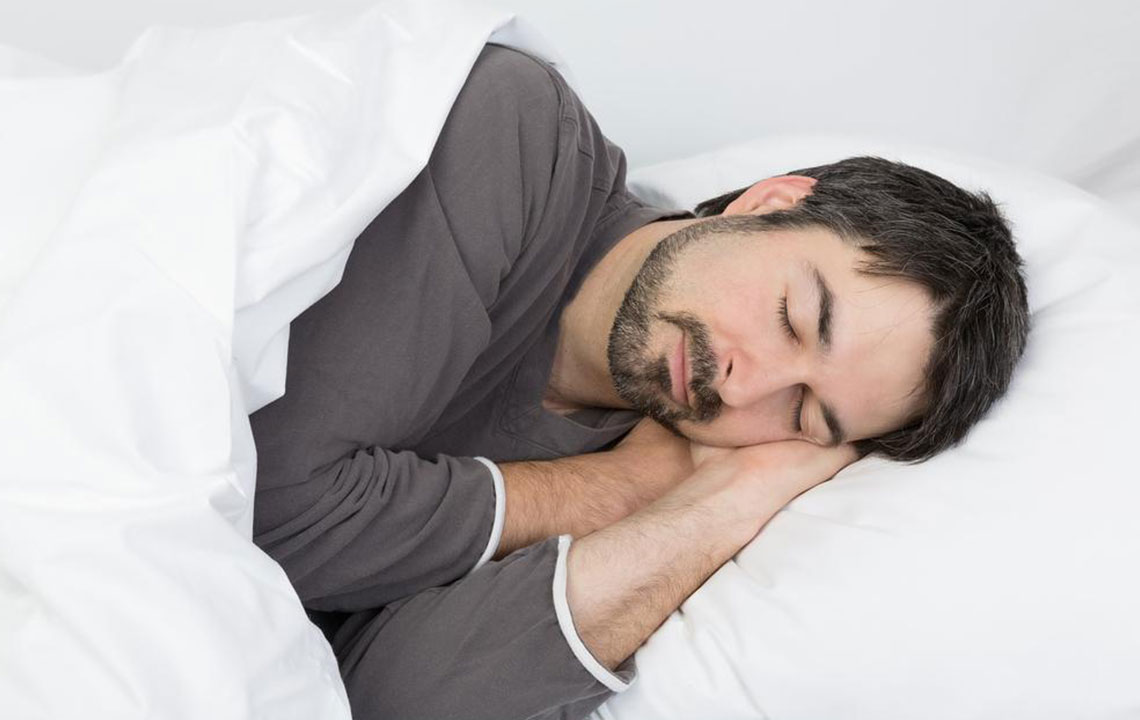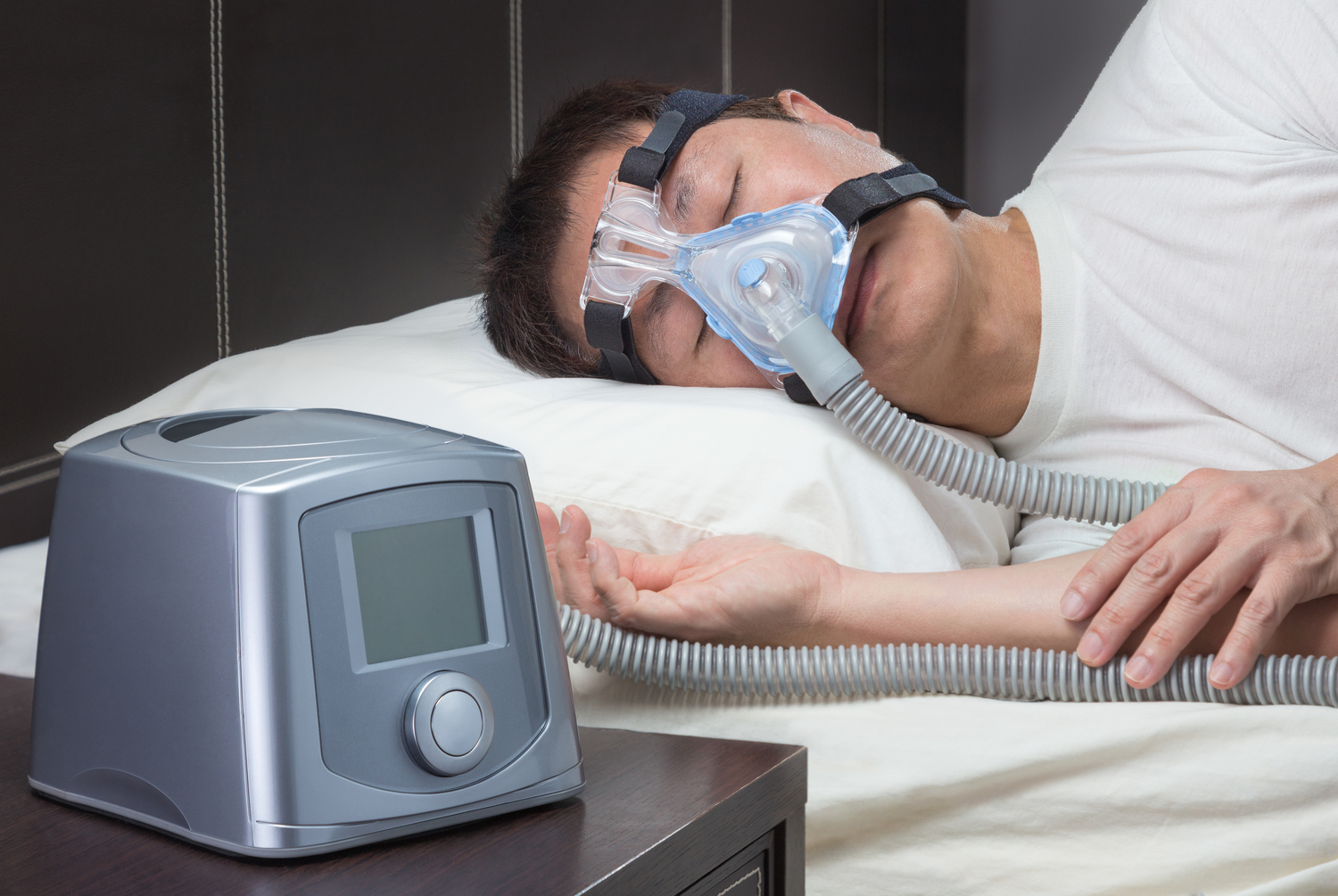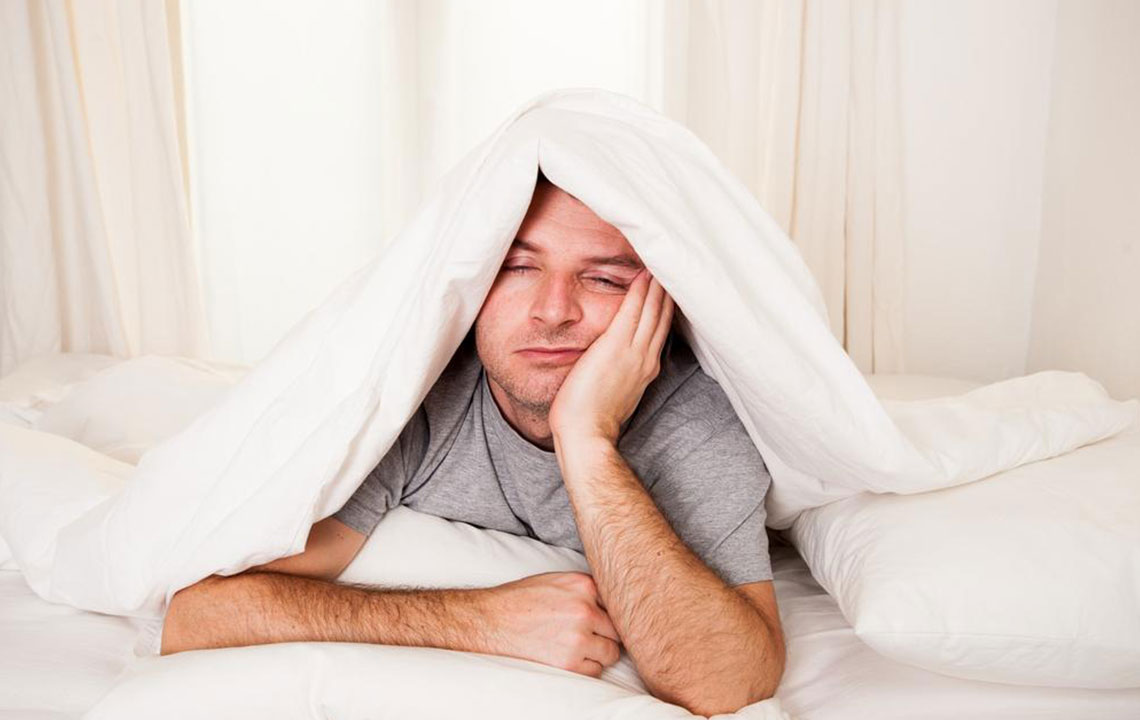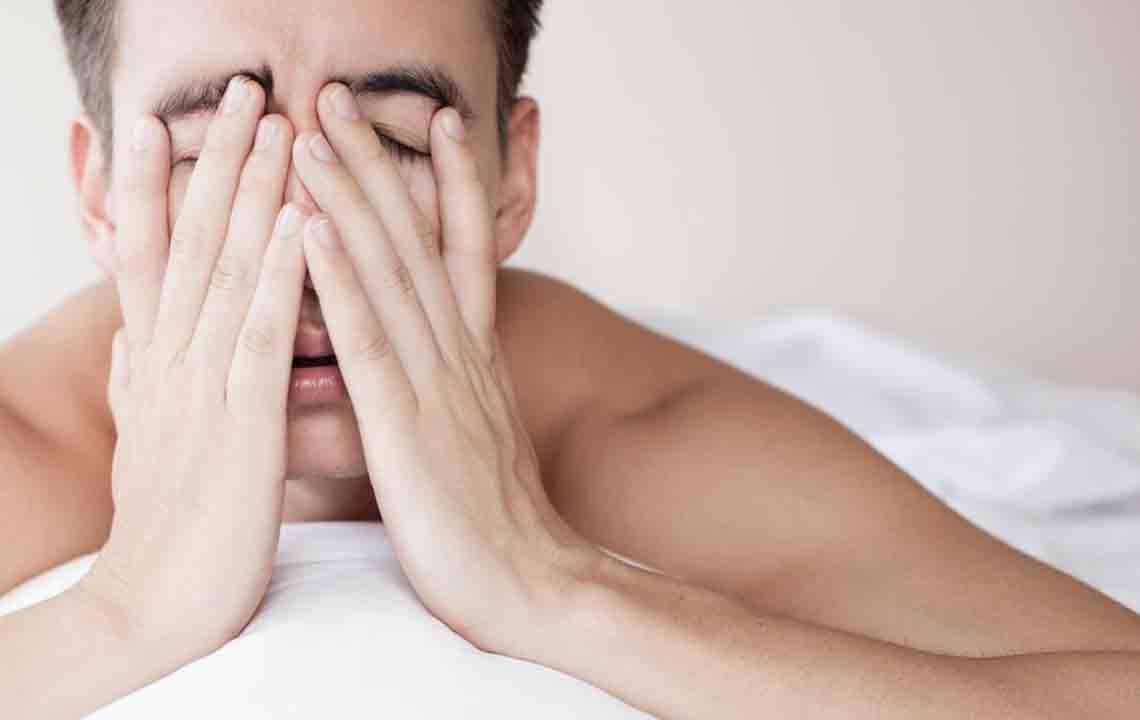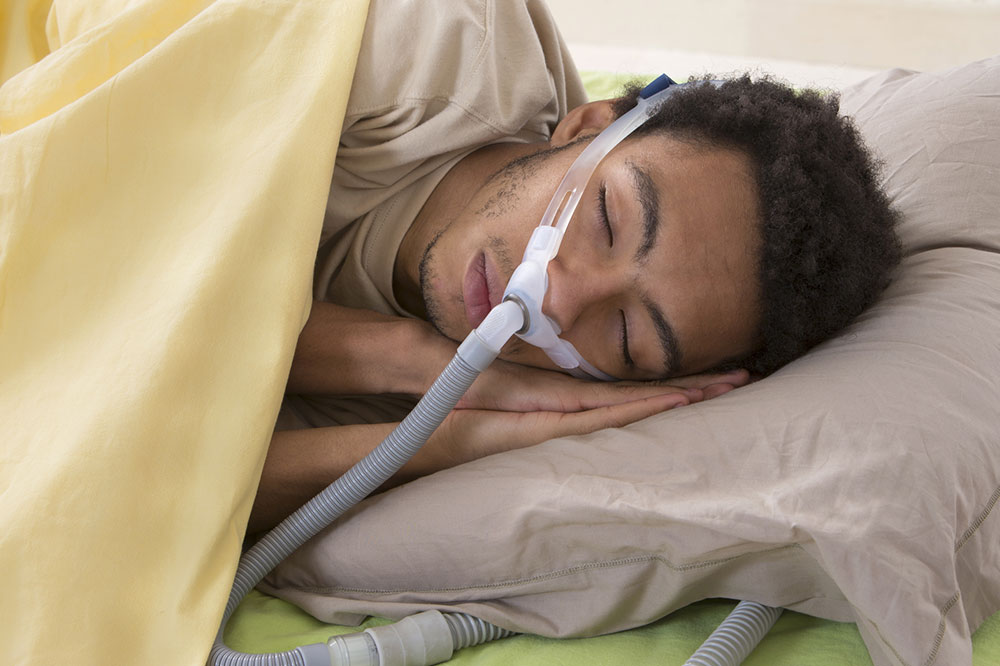Comprehensive Guide to Self-Assessment Techniques for Diagnosing Sleep Apnea
This comprehensive guide details effective self-assessment techniques for detecting sleep apnea, highlighting key symptoms, physical risk factors, and simple at-home tests. Early recognition through self-evaluation can facilitate timely diagnosis and treatment, improving sleep quality and overall health. The article emphasizes the importance of understanding warning signs like loud snoring, daytime drowsiness, and waking up gasping, and provides practical methods like the Snore Score and Epworth Sleepiness Scale for individuals to take charge of their sleep health. Consulting a healthcare professional after self-assessment is essential for accurate diagnosis and management.
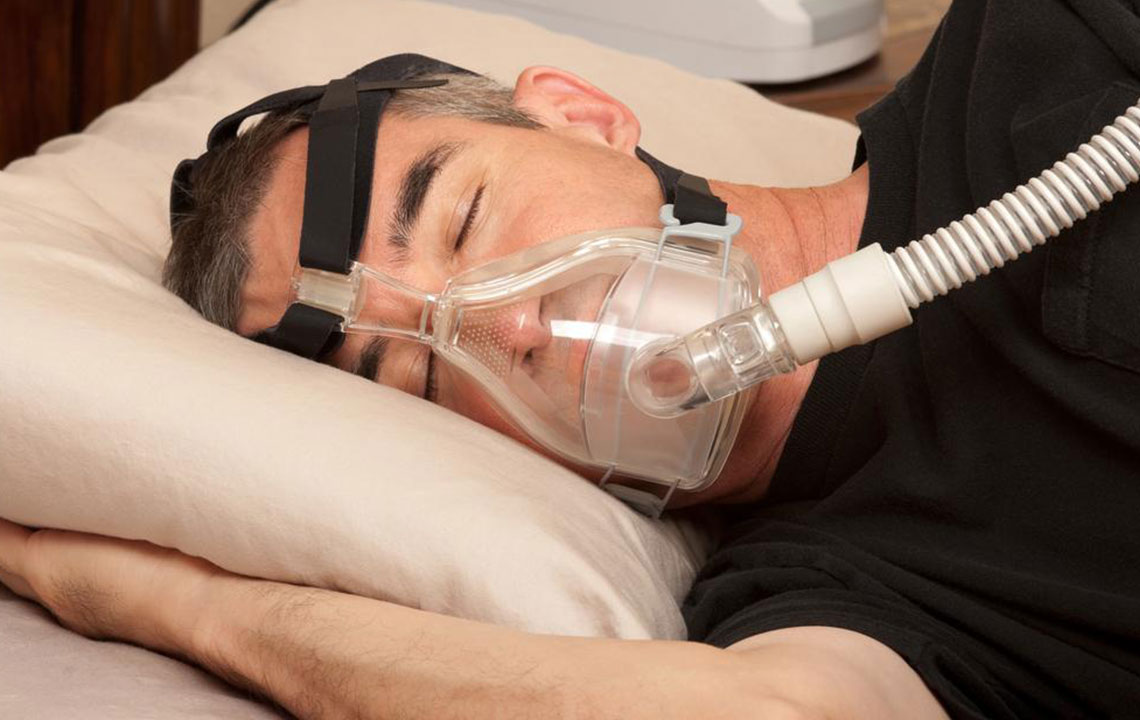
Comprehensive Guide to Self-Assessment Techniques for Diagnosing Sleep Apnea
Sleep apnea is a prevalent and potentially serious sleep disorder that affects millions worldwide. Characterized by irregular breathing patterns during sleep, it can have profound impacts on overall health, mental clarity, and quality of life. Often referred to as ‘Sleep Apnoea,’ this condition involves episodes of shallow breathing, pauses, or gasping during sleep, which can occur multiple times throughout the night. These disruptions not only fragment sleep but also lead to excessive daytime fatigue, reduced concentration, and an increased risk of cardiovascular diseases.
The Importance of Self-Assessment for Sleep Apnea
Early detection of sleep apnea plays a crucial role in managing the disorder effectively. Since medical diagnosis can sometimes involve costly and time-consuming procedures, practical self-assessment techniques become invaluable tools for individuals suspecting they might suffer from this sleep disorder. By recognizing warning signs and performing simple tests at home, people can determine whether they need to seek professional evaluation and treatment.
Through these self-assessment methods, you can better understand your sleep patterns, identify potential symptoms of sleep apnea, and decide on the next steps toward diagnosis and management. This proactive approach can significantly improve health outcomes and sleep quality.
Key Indicators Suggesting Sleep Apnea
Recognizing symptoms associated with sleep apnea is vital. If you experience any of the following signs, it is highly advisable to consult a healthcare professional for comprehensive testing:
Excessive daytime sleepiness or feeling unusually drowsy during daily activities
Waking up feeling unrefreshed, despite having spent sufficient hours sleeping
Persistent fatigue that does not improve with rest
Difficulty falling asleep or maintaining sleep, leading to insomnia
Waking up suddenly with choking, gasping, or a sensation of breathlessness
Experiencing shortness of breath or rapid breathing upon waking in the morning
Partner's reports of loud, persistent snoring or observed breathing pauses
Frequent nighttime urination, known as nocturia
Lingering morning headaches
Problems with concentration, memory issues, or cognitive fog
Decrease in sexual desire and performance
Elevated irritability or mood swings
Physical Traits Increasing Sleep Apnea Risk
Scientific studies indicate that physical characteristics can influence susceptibility to sleep apnea. Individuals with obesity are at a higher risk, especially those with larger neck circumferences, which can obstruct airways during sleep. Other anatomical features include a recessed jaw (retrognathia), enlarged tonsils, an enlarged tongue, or a deviated septum, all of which can contribute to airway obstructions. Recognizing these physical traits can aid in early suspicion and prompt further medical assessment.
Types of Self-Tests for Sleep Apnea Diagnosis
Since sleep occurs during unconscious states, accurate testing requires specialized equipment. There are generally two types of self-assessment approaches: professional evaluation in sleep clinics using advanced diagnostic tools and at-home testing with portable devices provided by healthcare providers. Home-based sleep studies have become increasingly popular due to their convenience and accessibility, allowing users to conduct preliminary screenings with minimal technical knowledge.
It is vital to consult a sleep specialist before purchasing or using any self-testing device. A professional can recommend the most suitable testing method based on your symptoms, physical traits, and overall health condition, ensuring more reliable results.
Four Simple Self-Assessment Methods to Detect Sleep Apnea
Early detection of sleep apnea greatly enhances treatment efficacy. Here are four practical and easy-to-perform methods you can use at home to gauge your risk:
Snore Score – Monitors the intensity, frequency, and patterns of snoring, as well as observing morning headaches and gasping episodes
Epworth Sleepiness Scale – An established questionnaire that assesses your likelihood of dozing off or feeling sleepy during daily activities such as reading, working, or traveling
Berlin Sleep Questionnaire – A comprehensive survey that evaluates snoring severity, breathing irregularities, and episodes of choking or gasping during sleep
Sleep Diary App or Log – Documenting sleep patterns, wake times, snoring episodes, and other symptoms can help identify irregularities and discuss findings with your doctor
These methods empower individuals to actively participate in their sleep health management. While not definitive, they serve as valuable indicators that can prompt further medical investigation.
In conclusion, understanding and performing self-assessment techniques are crucial steps toward early detection of sleep apnea. By being proactive, you can improve your sleep quality, reduce health risks, and enhance overall well-being. If symptoms or risks are identified, consulting a healthcare professional for comprehensive testing and treatment options is highly recommended. Sleep health is integral to overall health, and timely intervention can make a significant difference.
